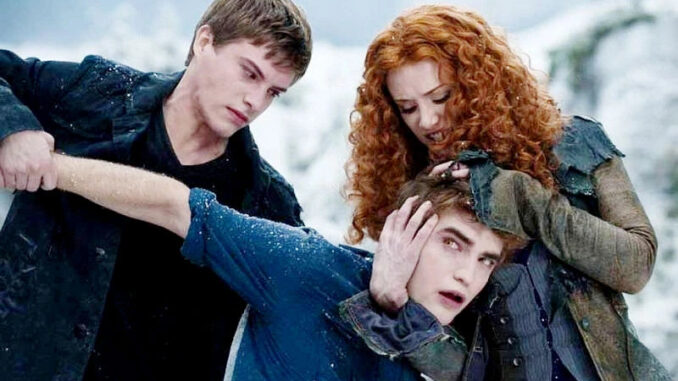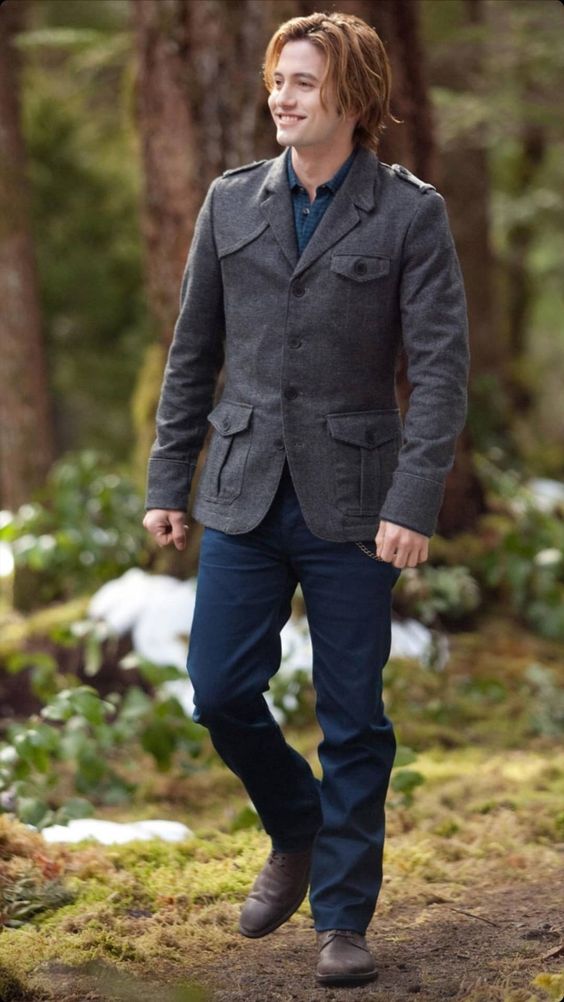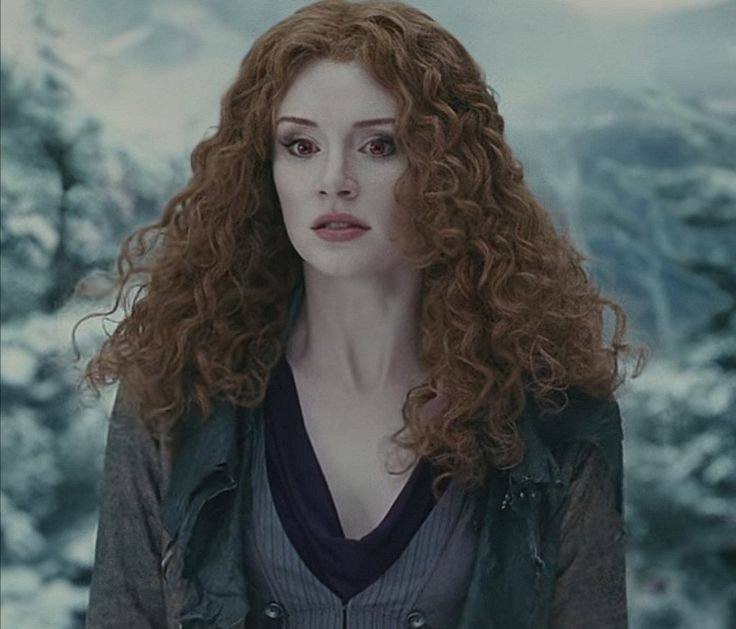
Twilight’s most underrated sequel Eclipse strayed further from the source novel than earlier adaptations and improved the villain’s role as a result.
While Twilight’s movie adaptations weren’t allowed to alter much from their source novels, 2010’s underrated sequel Eclipse managed to make one storyline much stronger thanks to a necessary change. The Twilight movies couldn’t get away with straying far from their source material. Although Paramount’s infamous canceled adaptation of Twilight featured jet-skiing vampires and the deaths of both Carlisle Cullen and Charlie Swan, the Twilight movies that viewers got a few years later were incredibly faithful to the novels. This became a problem for the movies at numerous points, as Twilight’s adaptations faithfully recreated the saga’s biggest book issues onscreen.
Luckily, the third Twilight movie Eclipse did change a few details of its story and became a stronger standalone outing for this. Directed by David Slade, Eclipse saw the 30 Days of Night helmer bring some of his trademark grit and darkness to the tween-friendly franchise. Not only did Eclipse make a major Twilight book change when the sequel depicted the story’s climactic battle (instead of keeping it offscreen, as the novel had done) the move also delved into the gory backstories of the Cullen clan. This led to a string of brutal short flashbacks that provided the Twilight series with some of its only memorably nasty moments.
Eclipse Reveals Its Twilight Franchise Villain Early
However, the biggest and wisest change that Eclipse made to the original novel came in the form of the villainous subplot’s slow setup. In the novel Eclipse, readers are told that “no one knows” who is assembling an army of newborn vampires on their way to Forks. It turns out to be Victoria, the only named villain from the original novel Twilight who has not yet been killed off. Eclipse’s movie adaptation avoids this obvious twist by revealing that Victoria is behind the army immediately, making up for Victoria’s inexplicable Twilight recasting in the process.
In Eclipse, viewers find out that Victoria is behind the existence of the Newborn vampire army and this storyline’s tension then stems from when she will reach Forks (and how many people she will kill along the way). Where the original book tries to get readers invested in working out the very obvious, poorly hidden identity of its villain, Eclipse’s movie adaptation avoids this supposed twist by instead cutting the mystery entirely. This way, viewers spend the sequel wondering when the heroes will work out that Victoria is their unseen enemy, whether Victoria’s army will turn on her, and whether the Quileute tribe of werewolves in Forks will work with the Cullens to fight them off.
Why Eclipse’s Book Change Improves The Movie
Like Eclipse staging the climactic action sequence onscreen while the novel mentions it after the fact, cutting this twist increases the tension and avoids dull, slow, and unnecessary buildup. Ironically, the original Twilight’s better reviews commended the addition of a murder mystery subplot to the adaptation, noting that the decision expanded on the thin plotting of the novel. However, in the case of Eclipse, the opposite approach proved necessary. Slade’s sequel needed to trim the unnecessary guesswork since no amount of obfuscating would make it tough for viewers to guess that Victoria was Eclipse’s villain since she was the original Twilight movie’s only remaining named antagonist.
Eclipse’s Changes Made It The Most Underrated Twilight Movie
Unlike 2008’s Twilight, Eclipse moves at a relatively fast pace. In comparison with the rest of the franchise, Eclipse is action-packed and the movie’s ending battle wisely avoids the final installment’s woeful “it was all a dream” twist. Eclipse also mercifully has a sense of humor, something any potential Twilight spinoff would need to prioritize to ensure that the franchised doesn’t end up feeling faintly ridiculous thanks to its many melodramatic moments. Vitally, unlike its predecessors, the sequel is only able to pull off this approach because Eclipse’s pacing isn’t held back by total fealty to the source novel (something that later sequels failed to learn from).
The reason that Eclipse feels fun is the same reason that Victoria’s movie origin story works better than the source novel’s equivalent plot. Without prioritizing fidelity to the source books over entertainment value, Eclipse was able to stage an adaptation that works as a standalone movie while also functioning as part of a larger saga. This can’t be said for many of the Twilight movies, particularly when scenes of Bella hanging with her friends were cut from Twilight’s sequels despite how much they humanized the often-mocked heroine. Unfortunately, the rest of Twilight’s adaptations didn’t take the same approach as Eclipse, leaving this outing the franchise’s most purely fun movie.
